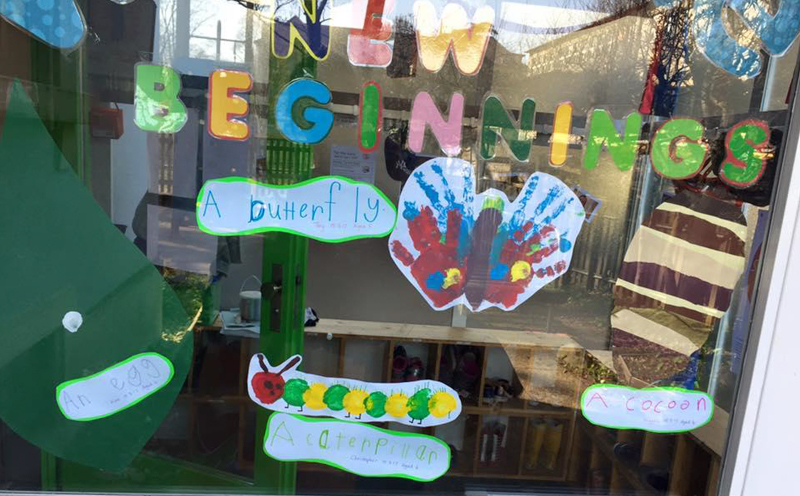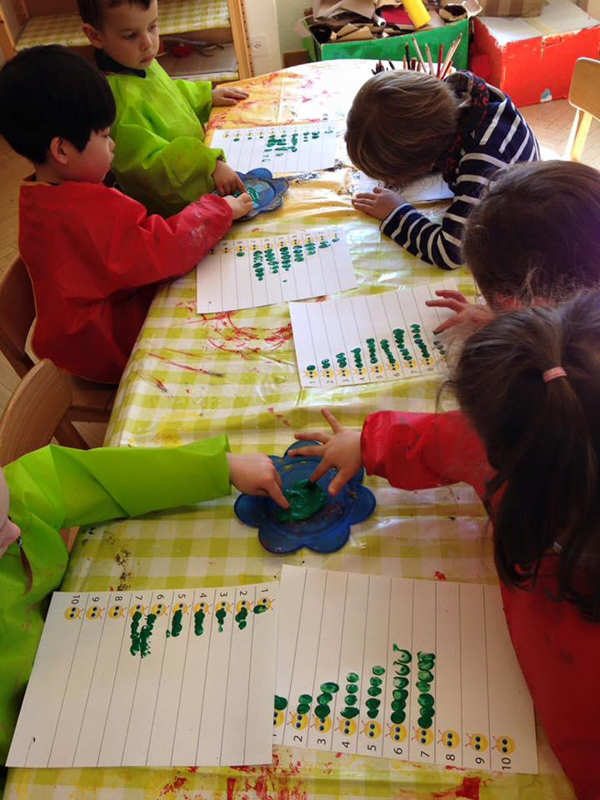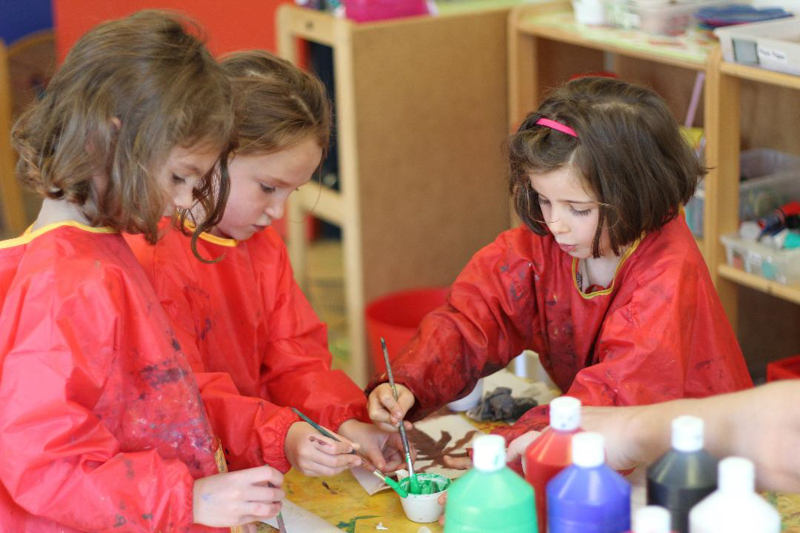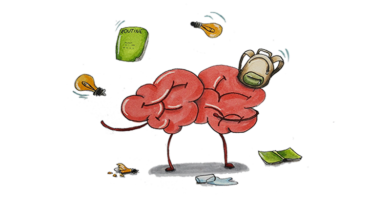How Teaching Supports Children’s Change and Development
Delving under the surface of teaching, our Education Matters columnist Monica Shah uncovers some of the ways teaching methods that are invisible to parents can make all the difference to their pupils. Progress at school need not remain a mystery, even to those outside the teaching profession.
You may know the wonderful film “Fiddler on the Roof,” in which the parents sing, at their children’s wedding, “Is this the little girl I carried? Is this the little boy at play?” How children change is a marvel to all of us; especially for their parents who see them day in, day out and then suddenly look back and ask, “What happened?!” In Eric Carle’s well-known book The Very Hungry Caterpillar, a transformation is in the making too, in a practical and biological story that leads inexorably to its “magical” conclusion. Change can be relied upon; we all become butterflies, and the magic is in what kind of butterfly the mix of influences on our children will produce. Colours, shades, and patterns differ from butterfly to butterfly. Besides what you as parents teach children every day, children grow as a result of significant others, not least their classmates and school teachers. We cannot ensure that all the forces at work on our children will have positive results. But how do schools and teachers make an impact? If you have a choice of schools in a foreign country, it might help to understand what teachers are trained to do and how results are measured in practical success factors as well as intangible talents that are hard to assess.

Research on effective schools
Some teachers really seem to work magic, making schools into communities with purpose and an atmosphere conducive to learning. Happy parents report, after a change of schools, that their children seem to have bloomed or are thriving now, even if all other factors in their lives have remained the same. But it is not usually just luck that has led their children to benefit from a new school. Educational researchers around the world dedicate themselves to bringing tried and tested methods to the fore, illuminating good teaching and making its many ingredients more accessible. One such ingredient is having high expectations of children, rather than aiming low.
The proximal zone
Successful teachers tend to express high expectations through the activities and lessons they plan, making them suitably stimulating and interesting. They dare to plan with some ambition, which comes from seeing children’s strengths and respecting their resilience, spirit and energy. Goals for each subject are often set out in frameworks for teaching, which map how progression can be seen and monitored in each subject or area of the curriculum. But it is the attitude of the teacher reading the curriculum guidance that will determine what they try to achieve. By understanding their students’ starting points, teachers decide on aims that are neither too easy nor too far beyond the current skills or understanding of the class group. An educational theorist named Lev Vygotsky named this “the zone of proximal development,” which I call “the proximal zone.”

Target-setting
Tangible aspects of teaching, such as setting targets in the proximal zone, enable children to keep progressing. It might not be as exciting as art or magic, but this rather unglamorous skill makes lessons mind-strengthening over a long period of time. Parents keep their half of the bargain by ensuring that children attend school every single day possible, which is why there are rules in place making it a legal requirement for children to attend school. Next time you are tempted by off-peak holiday prices, remember your side of the bargain!
One primary teacher usually develops an overview of each individual student’s learning style as well as their personality, even if several teachers see that student every week. This understanding of your child cannot be replaced by internet teaching. Daily group dynamics are also affected by anyone who is absent, both teachers and students, as it is in groups that children learn the social habits of learning. In other words, the change factor for students is dependent on regular procedures and regular school attendance rather than high profile events that are rewarded with public recognition. We may see a glimpse of their learning at school events and when they perform, but the daily reality inside the classroom reveals more about their broad development.
Individual work and small group tuition
The more individual the children’s targets, the more tailor-made the system is to them, and it adds value if parents can be informed about this process, get information about plans and targets for your child, can observe a lesson and meet the teachers. You then get the chance to decide whether the overall goals are realistic, achievable, and whether they reflect high enough expectations of your child.

Reliable teaching as both a science and an art
These are small illustrations of how teaching is not just a science or an art, but both. It is not wholly dependent on natural talent. Educational methods are professional, and some schools make them transparent in their school brochure or on their website, as well as highlighting school values and the training background of teachers. The results for children will eventually be tangible, and they should learn across a broad curriculum in all except specialist schools.
Don’t assume that the most obvious tangible benefits of a school are the most important.
Teachers are trained to aim at more for children’s global education than just learning a new language or being happy and making friends, even though these are crucial elements that give parents access to something tangible for a child when living abroad. The daily, reliable, and often invisible work of teachers is for the development of young minds and should build the capacity of individuals to create a path to adult life. Meet the people responsible, visit more than one school if you can, and don’t be afraid to ask questions and share your expectations with your child’s teachers. This will give them the chance to bring the least visible aspects of their teaching to the surface, so you can understand how your hungry caterpillar will become a unique and beautiful butterfly.
By Monica Shah Zeeman
Monica Shah Zeeman is founder and Head of Children First in Zurich and president of the Circle of Schools, a Swiss network promoting quality pre-school and primary education. She has been living in Switzerland since 2002.
Photos by Diana Kübler, Children First




